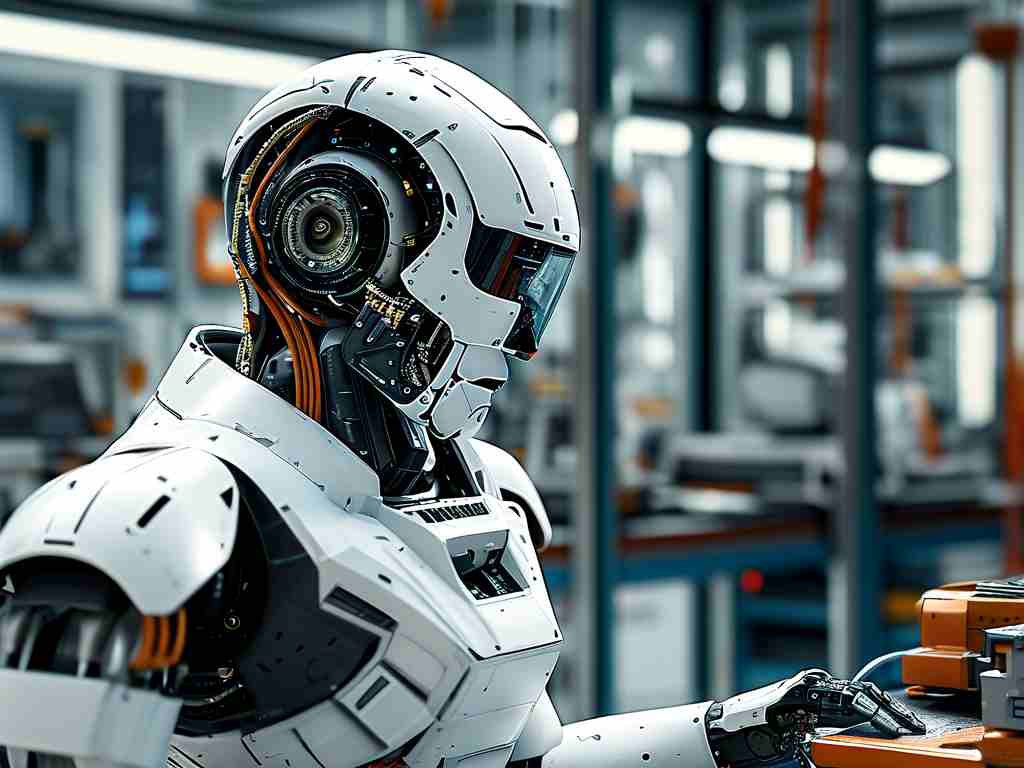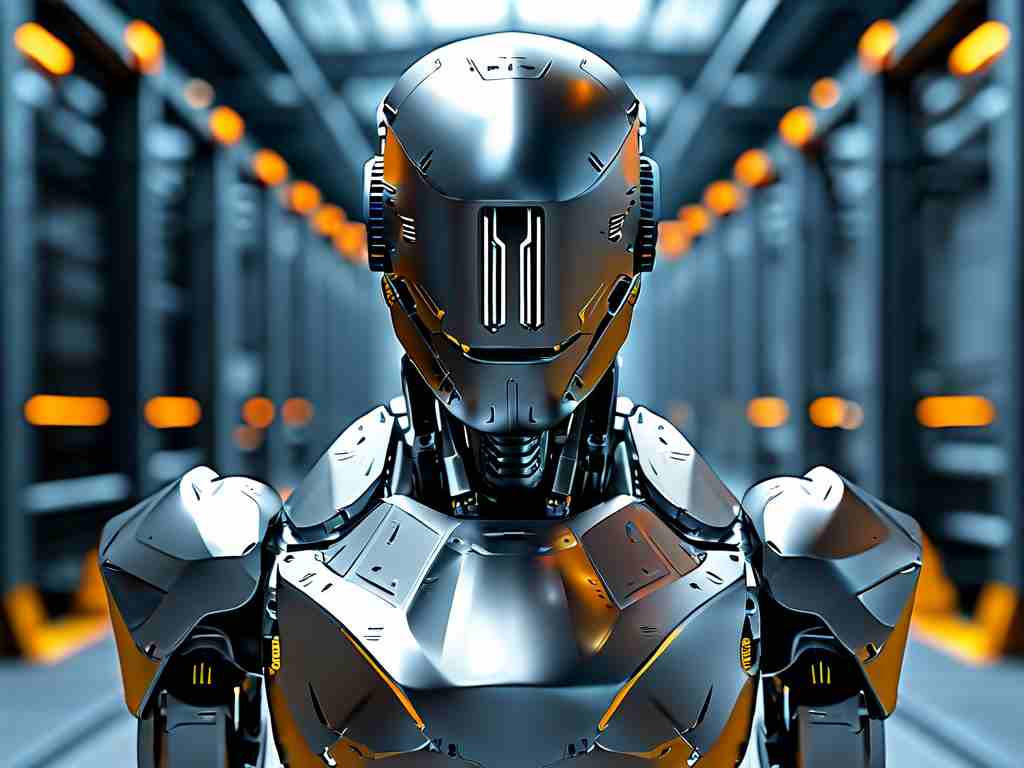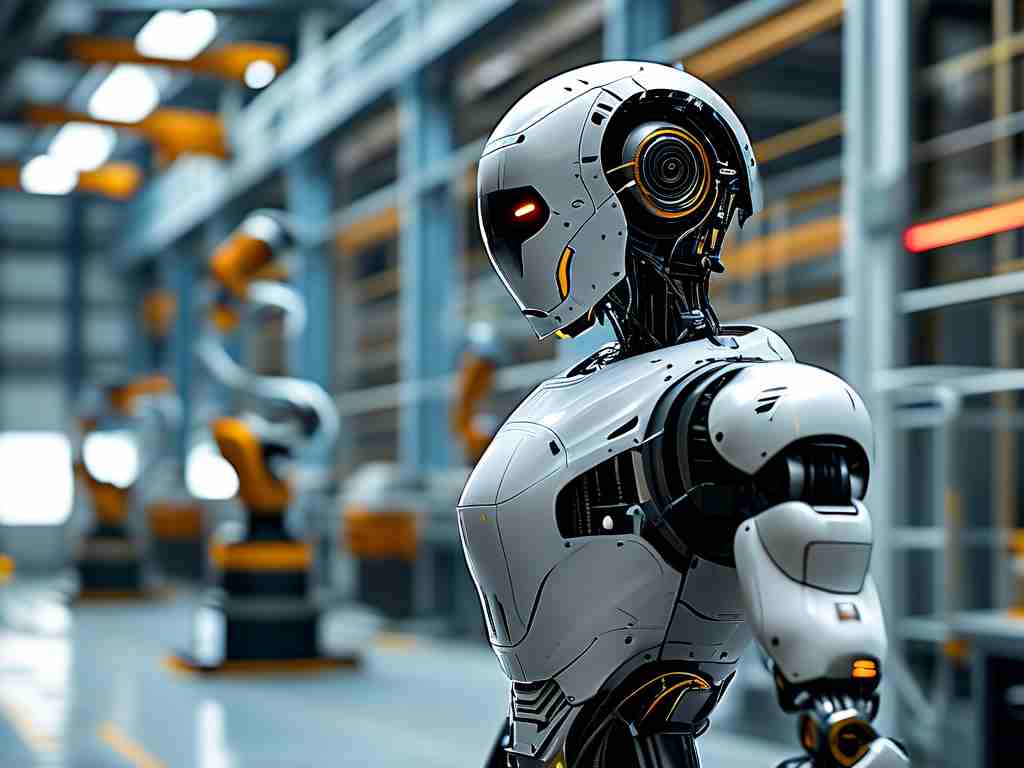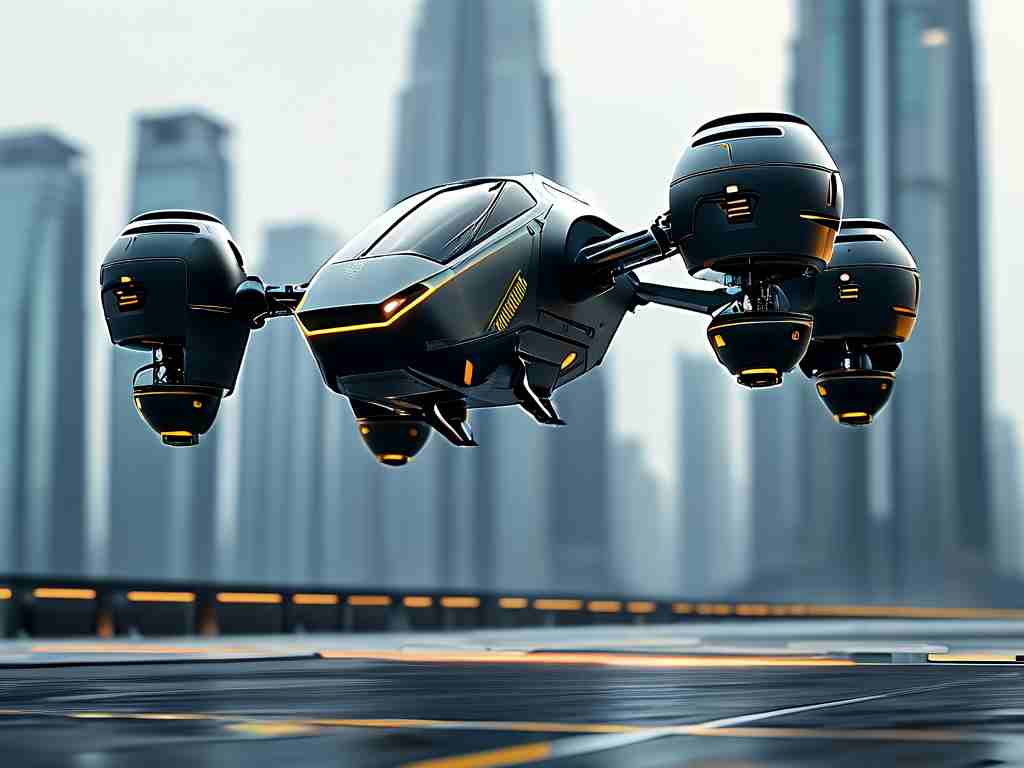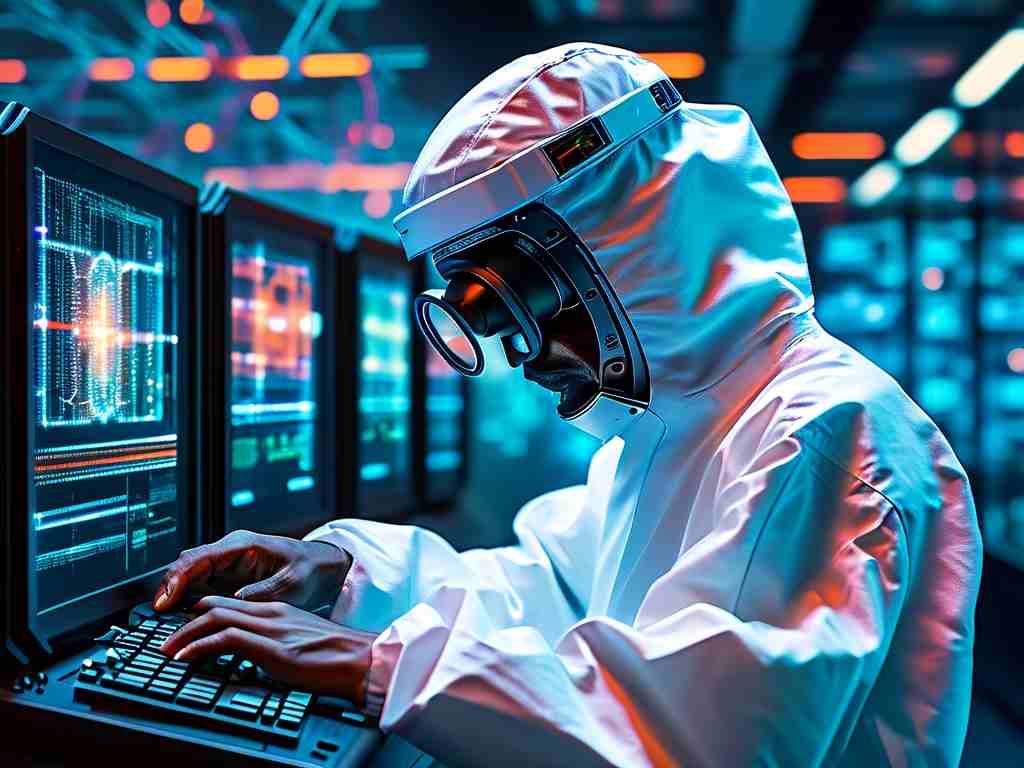Xiaomi’s foray into humanoid robotics marks a significant milestone in the integration of advanced AI and mechanical engineering. The company’s latest humanoid robot, CyberOne, showcases a blend of cutting-edge technologies designed to enhance interaction, mobility, and adaptability. This article explores the technical features that set Xiaomi’s humanoid robots apart, emphasizing their potential to reshape industries ranging from healthcare to consumer services.

AI-Driven Perception and Decision-Making
At the core of Xiaomi’s humanoid robot technology lies its sophisticated artificial intelligence system. Equipped with a multimodal interaction framework, the robot processes visual, auditory, and tactile data in real time. Its spatial perception capabilities rely on a combination of depth-sensing cameras and inertial measurement units (IMUs), enabling it to navigate complex environments autonomously. Unlike conventional robots, Xiaomi’s design incorporates emotion recognition algorithms, allowing the robot to interpret human facial expressions and vocal tones. This feature is powered by proprietary machine learning models trained on diverse datasets, ensuring responsiveness in dynamic social scenarios.
Advanced Motion Control and Biomechanics
Xiaomi’s engineers have prioritized natural movement in their humanoid robots. The CyberOne model utilizes a hybrid actuation system, integrating high-torque servo motors with lightweight hydraulic components. This setup achieves a balance between precision and energy efficiency, enabling the robot to perform tasks like object manipulation, stair climbing, and even dancing. The articulated joints feature redundancy designs, mimicking human musculoskeletal flexibility while minimizing mechanical failure risks. Furthermore, the robot’s gait planning algorithms adjust stride length and balance in response to terrain changes, a critical advancement for real-world deployment.
Human-Robot Interaction Innovations
To bridge the gap between machines and humans, Xiaomi has embedded conversational AI with contextual awareness. The robot employs a neural network-based natural language processing (NLP) engine capable of understanding colloquial speech and regional dialects. In testing scenarios, it demonstrated the ability to recall previous interactions and adapt its communication style to user preferences. Additionally, the tactile feedback system in its hands allows it to gauge grip strength when handling objects, preventing damage to fragile items—a feature particularly valuable in domestic or caregiving roles.
Energy Efficiency and Sustainability
Xiaomi addresses power management challenges through a combination of modular battery systems and kinetic energy recovery. The robot’s limbs incorporate regenerative braking mechanisms that convert motion into stored energy during deceleration. Its onboard power distribution network dynamically allocates resources based on task priority, extending operational longevity. These innovations align with Xiaomi’s broader sustainability goals, reducing reliance on frequent recharging and minimizing environmental impact.
Applications and Future Prospects
While consumer-facing applications like home assistance and education remain focal points, Xiaomi is exploring industrial partnerships. Prototypes have been tested in warehouse logistics for inventory sorting and in hospitals for patient monitoring. Looking ahead, the company plans to integrate 6G connectivity for ultra-low-latency remote control, potentially enabling telemedicine or disaster response roles. Challenges persist—such as refining cost-effective mass production—but Xiaomi’s iterative development approach suggests rapid scalability once these hurdles are addressed.
In , Xiaomi’s humanoid robot technology exemplifies the convergence of AI, biomechanics, and user-centric design. By prioritizing adaptability, energy efficiency, and emotional intelligence, the company is positioning itself as a key player in the next generation of robotics. As these systems evolve, they promise to unlock new possibilities across sectors, redefining how humans and machines collaborate.


